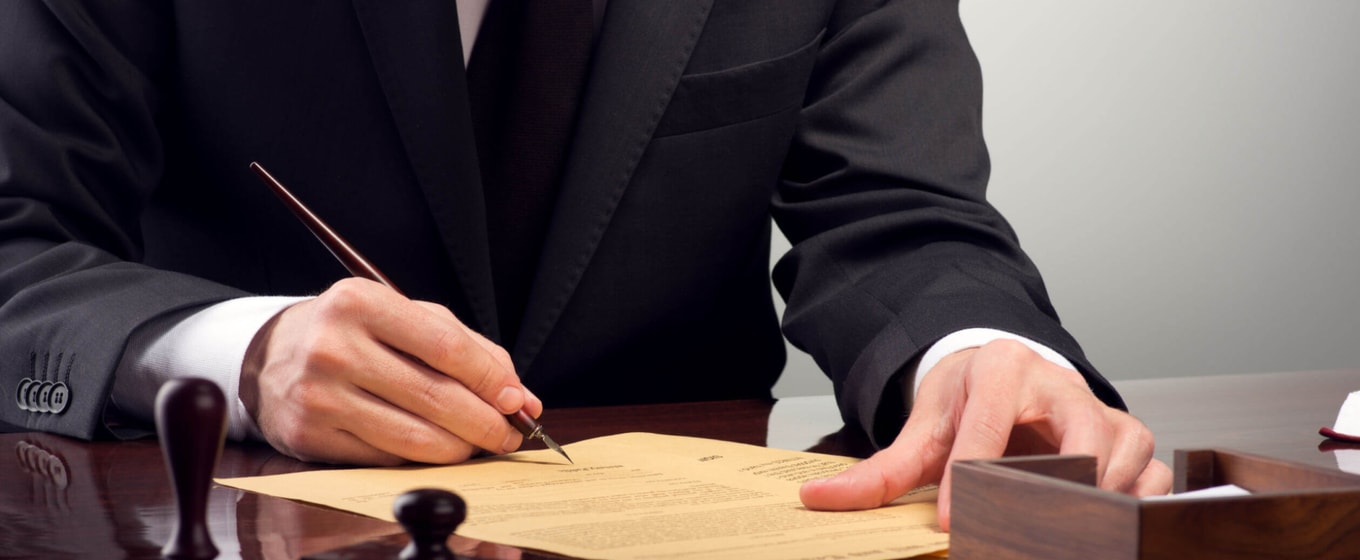Passing off is an IP right that stands alone. It offers you protection and acts as an actionable legal proceeding against an infringer.
The Three Elements
A passing off claim is made up by three distinctive elements all of which must be demonstrated to allow the claim’s success. They are:
1. Goodwill
“First, he must establish a goodwill or reputation attached to the goods or services which he supplies in the mind of the purchasing public by association with identifying get up.” Lord Oliver, Reckitt & Colman
Your goodwill is the company’s lifeblood and the thing that will have customers returning and recommending your products or services. Passing off is when the reputation linked to a distinctive item or service, held by your customers or perspective customers, has been abused.
We all know that distinctive Apple logo - when we see it we immediately think of the positive reputation the company holds. But if someone else used that logo on their product, we would assume that it was in some way related to the iconic brand, giving the third party would an invaluable advantage.
The claimant usually demonstrates the benefits of the use of their logo or name via witness evidence showcasing sales figures or marketing research.
2. Misrepresentation
“Second, he must demonstrate a misrepresentation by the defendant to the public (whether intentional or not intentional) leading or likely to lead the public to believe that goods or services offered by him are the goods or services of the plaintiff.” Lord Oliver, Reckitt & Colman
The misrepresentation of the logo or name must be in a trade environment. It may be deliberate or entirely innocent, but even if there was no plan to misrepresent the situation, you could still be on the receiving end of a claim.
Misrepresentation must cause confusion to the customer or potential customer, prior to or at the time of sale. The result is the customer believing that the defendant’s product came from, or is associated with the claimant, or that the claimant and defendant’s product are one and the same.
To show confusion there must be a “common field of activity” between the claimant and the defendant and the two must be in a similar trade, geographical area and timeframe.
Therefore, as the holder of that Apple logo, you can’t bring a claim against a cider supplier who uses a similar logo to advertise its products - there is no common field between a technology supplier and a cider maker.
3. Damage
“Thirdly, he must demonstrate that he suffers or …that he is likely to suffer damage by reason of the erroneous belief engendered by the defendant’s misrepresentation that the source of the defendant’s goods or services is the same as the source of those offered by the plaintiff.” Lord Oliver, Reckitt & Colman
The claimant must show that damage has occurred or there is a likelihood of damage as a result of the misuse. This is the easiest element to demonstrate and once you can establish the goodwill and misrepresentation element, provided you’re in the same field, the court will infer the damage.
The main examples of damage are loss of profits or reputation. However, you may be able to also establish damage due to a restriction on expansion into a new market.
Defences
There are various defences to a claim for passing off and they each rely on the situation under which the claim has been brought. The main examples of defences are:
- Careful and honest use of defendant’s own name, trademark or getup
- Use in a not trade situation
- The claimant has no goodwill or the holder of the goodwill is not the claimant
- The claimant has agreed to, encouraged or consented to the use
- The claimant can’t demonstrate damage or loss.
Remedies
As with the other intellectual property rights there are various options available to the injured party by way of compensation. These are:
- An injunction to stop the other party using your mark, name or logo
- Damages and/ or an account of profits to compensate
- An order to cover up the marks or repackage the goods
- An order for delivery up or destructions of the offending items
- A declarations as to rights in the products in question.
Passing off is one of the least important intellectual property rights and is a lot less certain in regards to the outcome of any claim. It seeks to protect your goodwill, logo or name. It ideally protects the company’s “get-up”. But given its subordinate nature to its larger more well-known relatives, passing off normally plays as the second string to the first line of attack offered by Trademark or Copyright claims.






These cookies are set by a range of social media services that we have added to the site to enable you to share our content with your friends and networks. They are capable of tracking your browser across other sites and building up a profile of your interests. This may impact the content and messages you see on other websites you visit.
If you do not allow these cookies you may not be able to use or see these sharing tools.